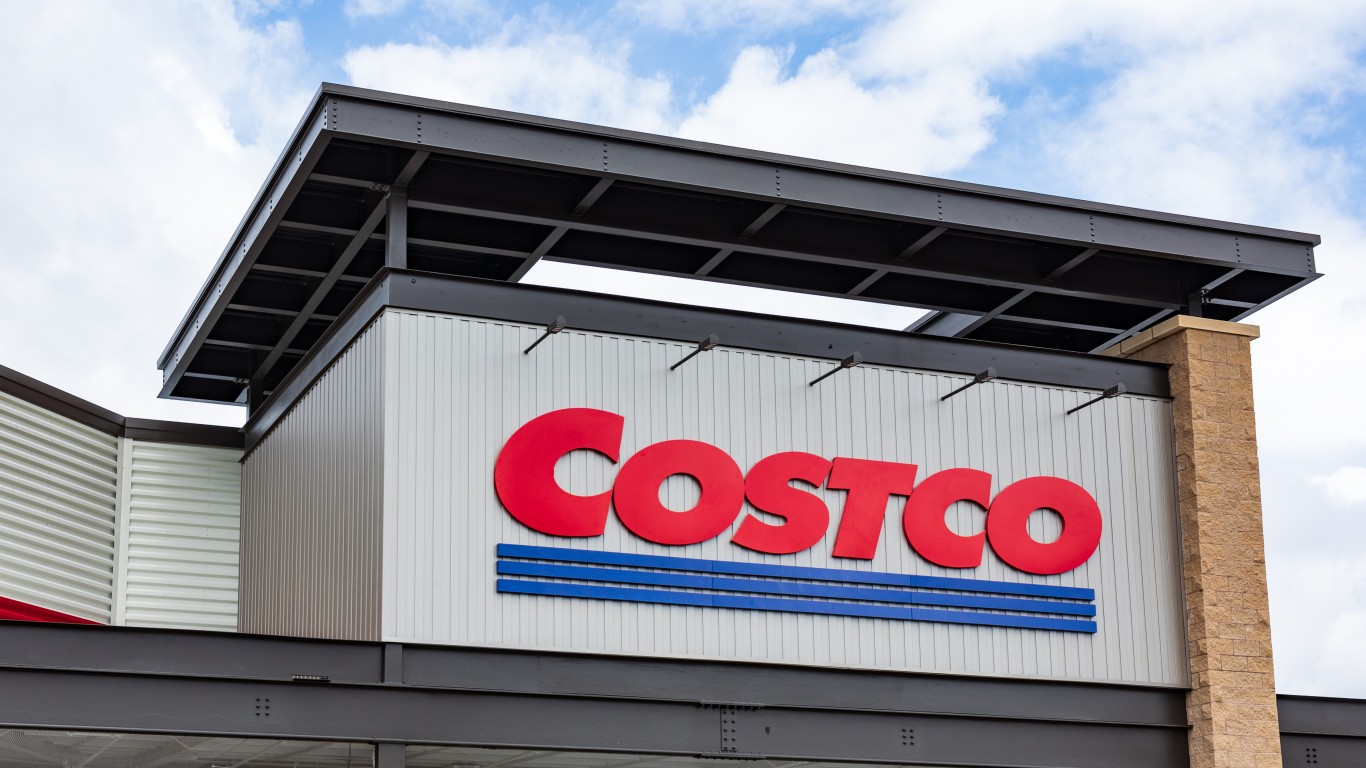Walmart has set a system, based to a large extent on its massive customer base and marketing budgets, to drive people online with run-of-the-mill free shipping and lay-away plans. The fact that people can pick up at stores what they have ordered only enhances that. And, the brand it has built with a foundation for “everyday low pricing” continues to capture the low income and middle income shopper. A look at its sales numbers compared to the balance of the industry shows the extent of its overwhelming presence.
Another set of retailers is large enough, has brand power, balance sheet strength, and marketing talent enough to likely hold their own. Target (NYSE: TGT) as the “mini-Walmart” is first among these. Macy’s (NYSE: M) still has a hold on the upper middle class. Best Buy’s (NYSE: BBY) most recent same-store sales show that it is back from the wounded. Amazon may not overwhelm it for another year. The consumer electronics company appears to have balanced how it markets online and how it draws customers to its store.
J.C. Penney (NYSE: JCP) has one advantage, it can leverage if management is smart. It has received more publicity than any retailer in the country. Most has been negative. However, some public relations experts argue that all visibility offers a chance for a positive outcome. Penney needs to demonstrate that people who have read about it have some reason to also shop. It has turned away from the crazy merchandising of Ron Johnson, and may have turned far enough back to traditional retail habits. There there could be a rabbit in the hat.
All of this leaves one very clear loser, or two based on preference. The KMart and Sears divisions of Sears Holdings (NASDAQ: SHLD) have demonstrated that they cannot market their stores effectively during any part of the year. These stores have been criticized as black holes of drabness, and the brands smell of something which has already departed. In a market in which the competition is either desperate to win, or has won already, Sears Holdings doe not even have a place to make a last stand.
It’s Your Money, Your Future—Own It (sponsor)
Retirement can be daunting, but it doesn’t need to be.
Imagine having an expert in your corner to help you with your financial goals. Someone to help you determine if you’re ahead, behind, or right on track. With SmartAsset, that’s not just a dream—it’s reality. This free tool connects you with pre-screened financial advisors who work in your best interests. It’s quick, it’s easy, so take the leap today and start planning smarter!
Don’t waste another minute; get started right here and help your retirement dreams become a retirement reality.
Thank you for reading! Have some feedback for us?
Contact the 24/7 Wall St. editorial team.




